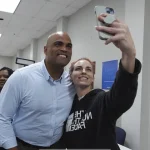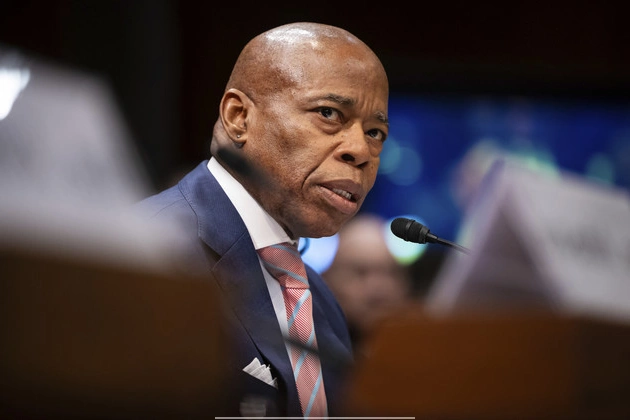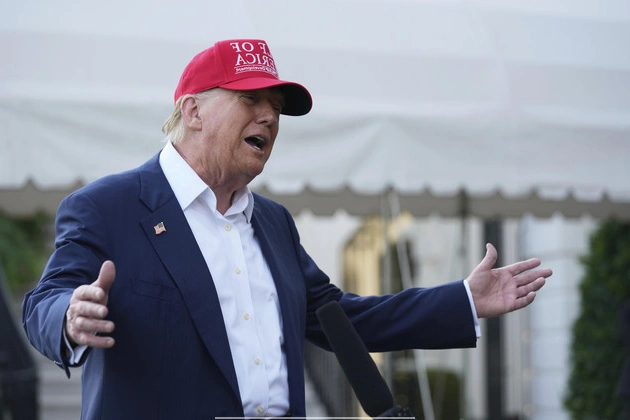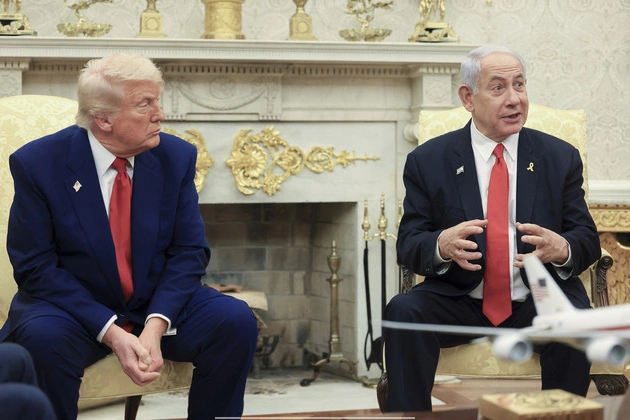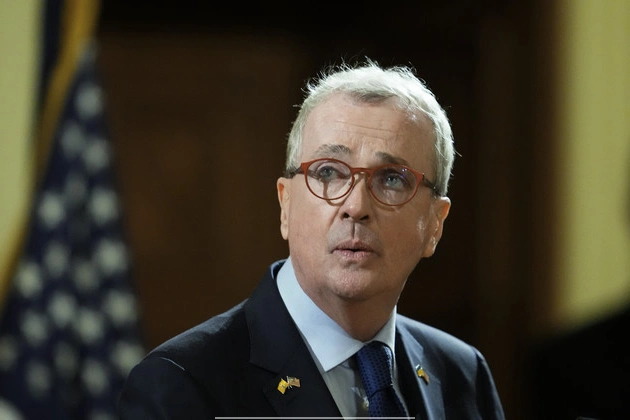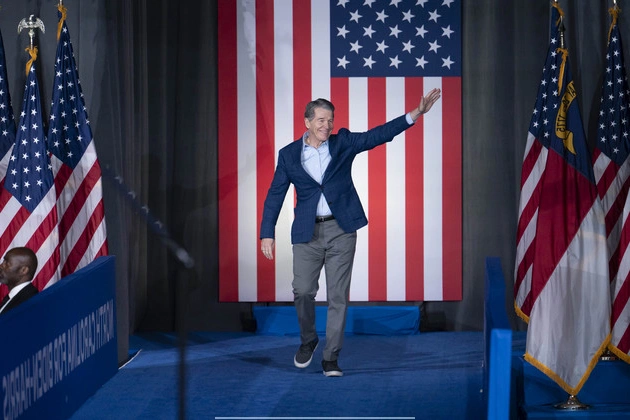
Mayor Eric Adams of New York City received unexpected support from President Donald Trump as federal prosecutors moved to dismiss a corruption case against him. This development, however, has sparked controversy in a city where Trump remains a divisive figure.
Political Landscape in New York City
Amid low approval ratings, financial difficulties, and fierce competition from other candidates, Adams is seeking reelection. The recent legal maneuver by the Trump administration has fueled criticism from opponents who accuse the mayor of being too closely tied to the Republican party.
While the dismissal of the corruption case may seem like a reprieve for Adams, it comes with potential strings attached, as indicated by Acting Deputy Attorney General Emil Bove’s mention of a Trump executive order in the dismissal memo.
Adams’ Response and Campaign Strategy
In a public address following the legal development, Adams focused on his personal background and achievements, sidestepping direct mention of the corruption case. His team, however, is keenly aware of the political risks posed by his association with Trump and is devising strategies to mitigate any negative fallout.
Despite his alignment with certain conservative positions, Adams finds himself in a delicate position, as his core supporters within the Democratic Party may question his allegiance to Republican ideals.
Challenges and Potential Strategies
Speculation about Adams potentially running as a Republican candidate has emerged, but the feasibility of such a move remains uncertain. Switching party affiliations and navigating the intricacies of a party switch present formidable challenges for the mayor.
Furthermore, the political landscape in New York City heavily favors Democratic candidates, posing additional hurdles for Adams if he chooses to pursue a Republican path.
Public Perception and Political Dynamics
The alliance between Adams and Trump has elicited mixed reactions from various quarters, highlighting the complexities of political allegiances and voter perceptions. Balancing support from different segments of the electorate while maintaining credibility and consistency is a formidable task for Adams.
As the mayoral race unfolds, Adams will face scrutiny not only from his opponents but also from voters who expect clarity and integrity from their elected officials.
It remains to be seen how Adams navigates the challenges posed by his association with Trump and whether he can effectively communicate his vision for New York City amidst the political turbulence.
Conclusion
Eric Adams’ political journey, marked by alliances and controversies, underscores the complexities of leadership in a diverse and politically charged environment like New York City. His ability to address voter concerns, maintain transparency, and uphold his principles will ultimately determine his fate in the upcoming primary election.




